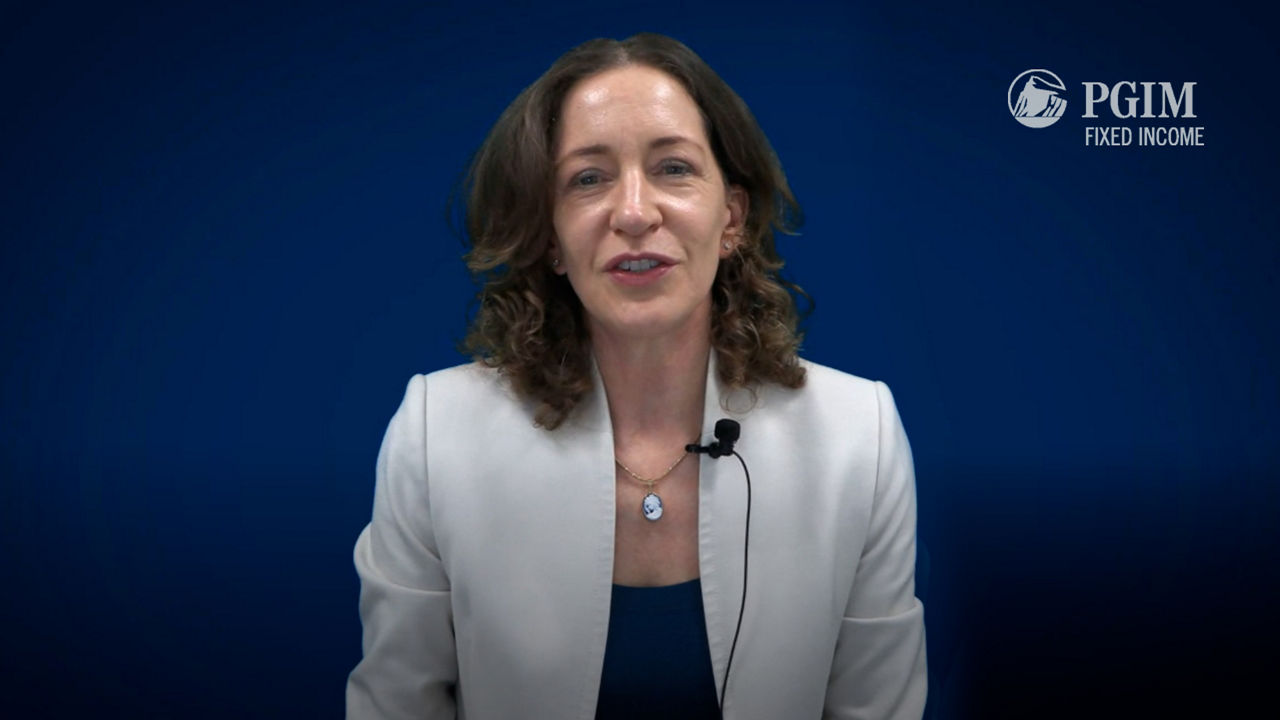One of the discussion topics at the recent IMF World Bank spring meetings was the end of the so-called “U.S. exceptionalism” and markets calling into question the U.S. as a safe haven. If that was to happen, this would be a fundamental shift for the global financial markets and financial system. This would cause a rethink of what the risk-free rate of return is, with implications for most assets.
It's important to remember that this would have global effects and would not apply only to emerging markets. But as these markets are often smaller or more sensitive to global flows and sentiment, they may feel the repercussions of uncertainty more. The upside is that the search for “safe” assets can benefit other high rated assets and portions of EM universe that has high ratings.
Also, EM-based asset managers can repatriate at least some of their assets home, but this would be a slow process as it is difficult to see a viable alternative to the U.S. markets and assets.
In the short term, weaker U.S. dollar is positive for EMs, especially those with lower ratings and less developed local markets. Weaker dollar can also allow for more rate cuts. It can also create positive currency effects for some open economies, especially those that import in U.S. dollar but sell their exports in other currencies, such as euro, Chinese yuan, or yen.
Still, this is only a partial offset as concerns over global growth and trade flows will still dominate global and EM outlook.
A lot of our discussions also focused on tariffs and international trade, and how the deepening divide between the U.S. and China can affect the EMs. Also, whether these negotiations can lead to production and jobs moving to the U.S. from other countries, including EMs.
The U.S. is currently discussing trade arrangements with a large number of countries. Given the speed of negotiations, these deals per se are unlikely to alter global trade significantly in the short term, but they can force some countries to make hard choices between deeper integration with the U.S. or China, especially if the new agreements include the so-called “shut out clauses” that may ask U.S. trade partners to restrict their trade or investment flows with China. But China is also actively working to upgrade and carve out existing and new trade deals to disincentivize this shut out.
So, if EM policymakers can play their cards right, this may actually be positive, especially for countries that are not as globally integrated--so, do not trade much or host foreign direct investments from either the U.S. or China. They may use their “blank canvas” advantage to attract investments, but also accelerate domestic reforms that would have been slower without the external opportunities. For countries that are already trading with each other, this can accelerate integration, be it within ASEAN or EU or Mercosur. And finally, it is difficult to see significant reshoring of production from EMs to the U.S. EMs maintain their cost advantage even in the face of a universal tariff, say at 10%. Also, reshoring takes time.
It is more likely for goods from high tech sector or important for national security, where geopolitical considerations outweigh cost concerns and were there may be not yet established production chain. But it does not mean high increases in U.S. employment. It may spur extra investments, but given cost consideration, it may lead to more automation.


